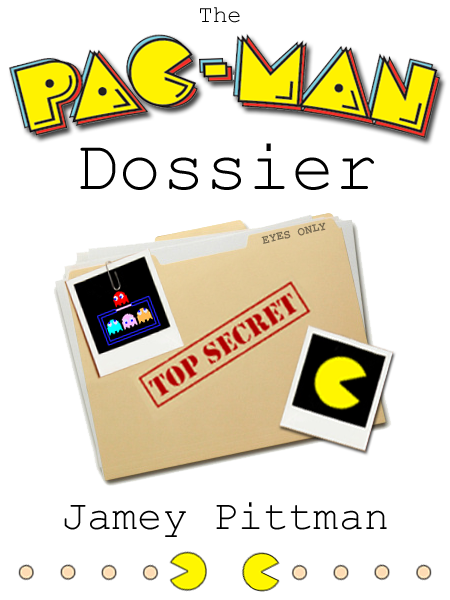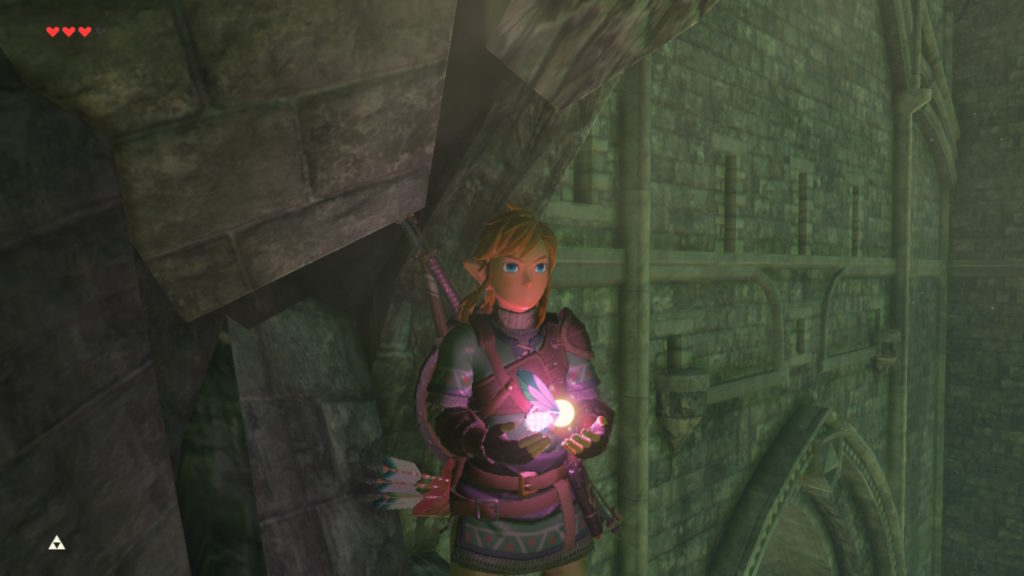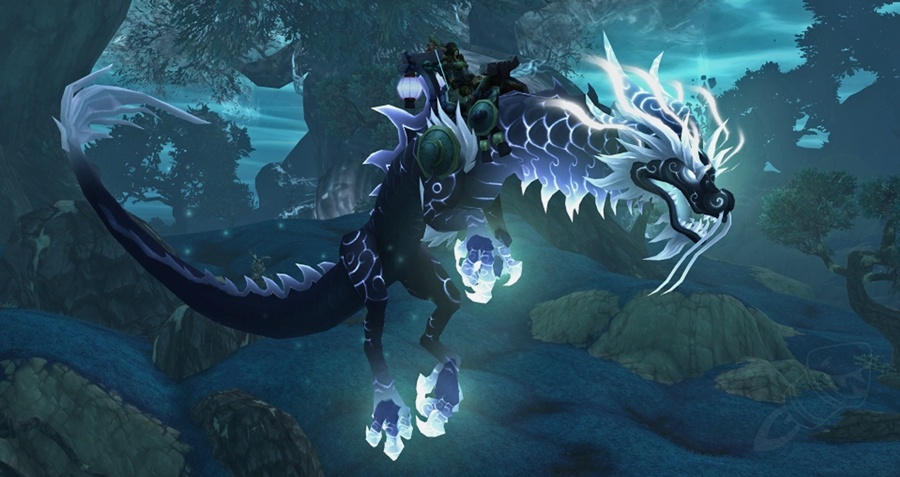Let’s have a week of tricks & tips for retro arcade games. Here’s one you don’t hear about too often, Phoenix, and one still popular, Centipede.
Phoenix is a standard old-school space shooter. Your spaceship is affixed to the bottom of the screen, where spaceships should be affixed as God and Kazunori Sawano (designer of Galaxian) intended. It’s got a bit more atmosphere than most of them from the time, and is particularly known for being one of the first video games to feature a boss battle, with a big flying saucer with shields to chip through.
One trick in Phoenix, the result of a bug: if you shoot three enemies in rapid succession as they ascend upwards onscreen, you get 200,000 points! This is a gigantic amount, in the video below (18 minutes), which is blurry so you can’t really tell.
The interesting thing about it (which is explained here) is, it’s not a bonus. The score is set to around 204,000 points. If you had a higher score (which is very unlikely in Phoenix) then you lose points because of it.
As for Centipede, there’s a clever trick that takes advantage of a number of converging aspects of the game. First, nothing affects the playfield mushrooms globally (this was corrected in its sequel Millipede, making it ineffective there); second, the Spiders that emerge and periodically clear out mushrooms from the bottom of the screen never touch the first two rows on the side they emerge from; third, centipedes that make it to the bottom of the screen and cycle up and down through the player’s area can get caught by carefully-placed mushrooms at the side of the screen; and fourth, a trapped centipede may halt game progression, but it doesn’t stop scoring, as Spiders, Fleas and Scorpions will continue to emerge into the board, which are worth significant points by themselves.
The result is: The Centipede Trap. Observe (video by “pat,” 12 minutes). If you want to skip right to the trap in action, you can jump to an appropriate place here.
I’ve known about the trap for a long while, it was reported in an issue of my favorite classic arcade magazine, Joystik, in a feature interview with early arcade champion Eric Ginner, where he laid out how to make it, and how it could be useful. It’s a pretty boring way to play, but it works. It doesn’t make the game completely boing, Spiders can still be a big threat, and if one makes it across the screen from the opposite side without being shot it still has a chance to eat the trap. But it does give the player an opportunity to clear the upper reaches of the screen of mushrooms while the centipede is pinned in.
If it’s done on the first wave of each set of twelve, the one where a whole centipede emerges at the start, then Fleas won’t ever appear to add mushrooms, and you can actually clean the entire board of mushrooms, excepting the ones that make the trap. Fleas emerge, on most boards, when the number of mushrooms near the bottom of the screen get too low, but are programmed never to appear on a full-centipede board.
I’ve got some interesting strategy video finds for other classic arcade games coming up over the next couple of days, I hope you’ll like them!



